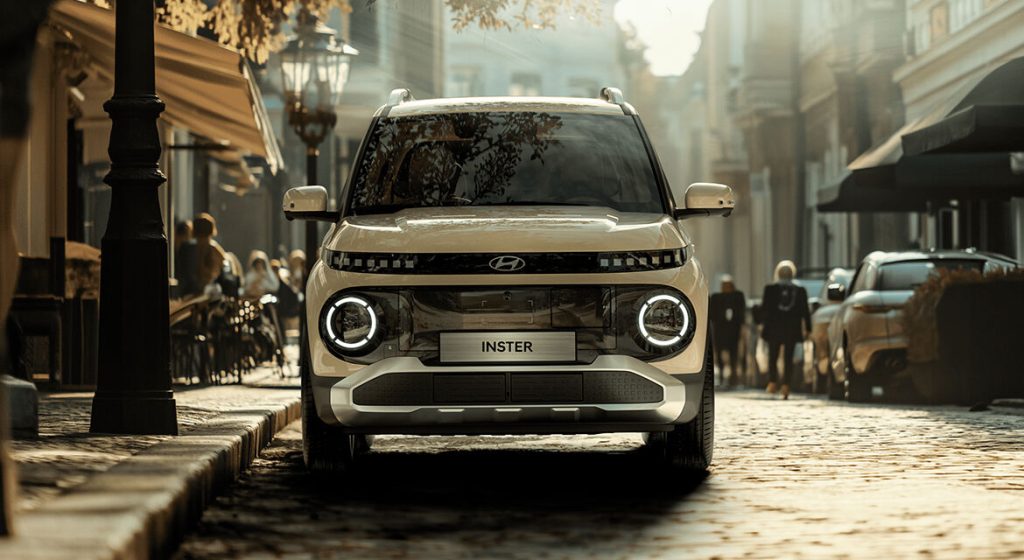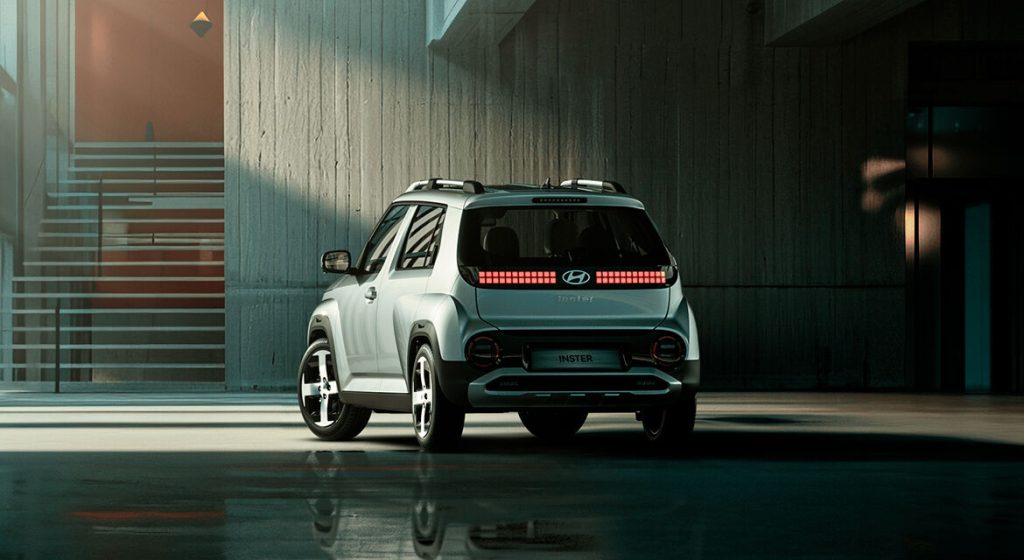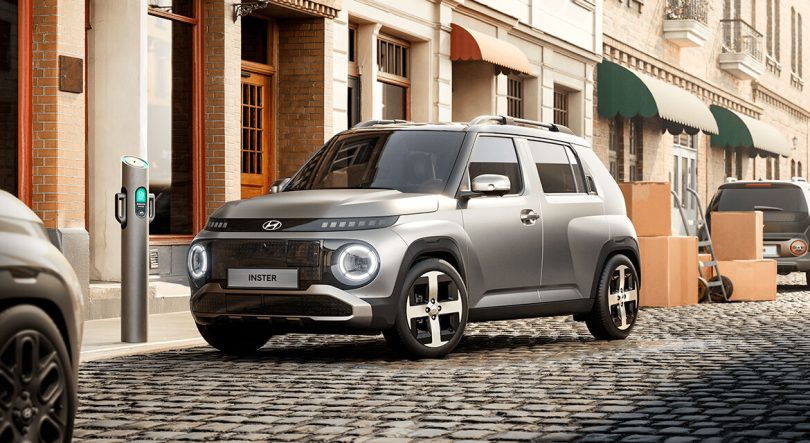Hyundai Motor India is gearing up to challenge Tata Motors in the volume electric vehicle segment. After introducing the midsize electric SUV Creta EV in the first quarter of 2025, Hyundai has now set its sights on a compact electric SUV codenamed HE1i, based on the recently debuted Inster EV.
Key Highlights
- Launch Date: The Hyundai Inster EV is expected to hit Indian roads in the second half of 2026.
- Competition: It will directly compete with the popular Tata Punch EV and the Citroen eC3.
- Platform: The Inster EV will be heavily modeled on the Inster showcased at the Busan Auto Show in South Korea.
- Battery Options: The India-spec HE1i is likely to offer two battery pack options, similar to its international counterparts
- Features: Well-equipped with a pair of 10.25-inch displays, full ADAS suite, auto climate control, and a 360-degree camera with blind spot monitoring.

About the Hyundai Inster EV
The Inster EV is based on the Casper, a small SUV sold in international markets. Hyundai has stretched the Inster by 230mm (over the Casper), with 180mm added to the wheelbase to accommodate a generous battery pack. At 3,825mm in length, the Inster is slightly smaller than the Tata Punch EV (3,857mm) and the Citroen eC3 (3,981mm). International markets offer two motor options: a 97 hp and a 115 hp, both producing 147 Nm of torque. Two NMC battery packs are available, with WLTP claimed ranges of 300 km and 355 km, respectively.
Production and Sales Targets
Hyundai Motor India aims for an annual output of about 90,000 units, combining the Creta EV (26,000 units) and the compact electric SUV (65,000 units). A significant portion of this production is earmarked for exports, especially for the smaller SUV.

The actual Inster EV will not be the one sold in India. We will get the EV version of the Exter which will heavily draw inspiration from the Inster EV.


